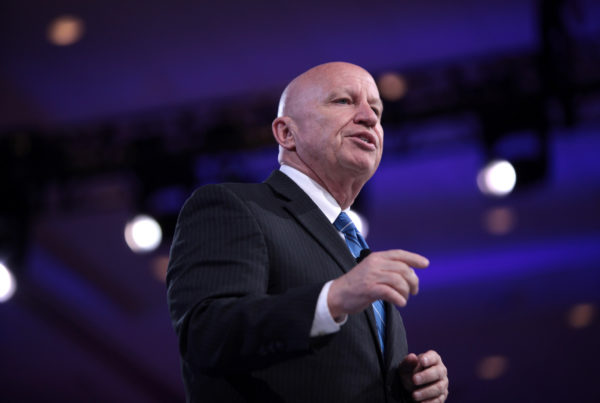resident Donald Trump announced a tax plan he promises will be historic. Like many plans before, its stated ambition is to stimulate economic growth and cure perceived unfairness to certain kinds of taxpayers. And it’s up to Congress to hammer out the details.
Kevin Diaz, a Washington bureau reporter for the Houston Chronicle says there are a lot of details yet to be worked out.
“There giving us a framework…but they’re not filling in the numbers,” Diaz says. “Just going from seven brackets to three doesn’t give you much information unless you know which bracket you’re going to fit into.”
Some elements of the proposal seem to favor states without an income tax, like Texas, while Californians and other states whose residents pay high state and local tax rates would lose federal credits for those taxes.
“This issue for Texans is that Texas doesn’t have a state income tax,” Diaz says “so Texans don’t get that writeoff [under the current tax code.] But instead, they get to write off their state and local sales taxes, which is worth something like $1.2 billion a year.”
The Trump plan has been criticized for giving most of the tax savings to the wealthy. It also gives a substantial cut to businesses.
“In fairness, the wealthy do pay the majority of the taxes in this country,” Diaz says. “Ergo, if you have a tax cut, it disproportionately benefits the wealthy. Getting to the business taxes, they’re talking about going from a top rate of 35 percent, all the way down to 20 percent.”
Businesses will also be able to deduct more expenses related to acquisition of equipment, a feature of the plan that benefits some businesses more than others.
Diaz says the motivation for the president’s tax plan is to create jobs – businesses, the theory goes, will hire more people if they aren’t burdened by high taxes – but also to make needed updates to the tax code.
“The big motive factor here is that the tax code hasn’t been cleaned up in about 30 years,” Diaz says. “It’s sort of like a house, accumulating clutter over the years.”
Written by Shelly Brisbin.
















